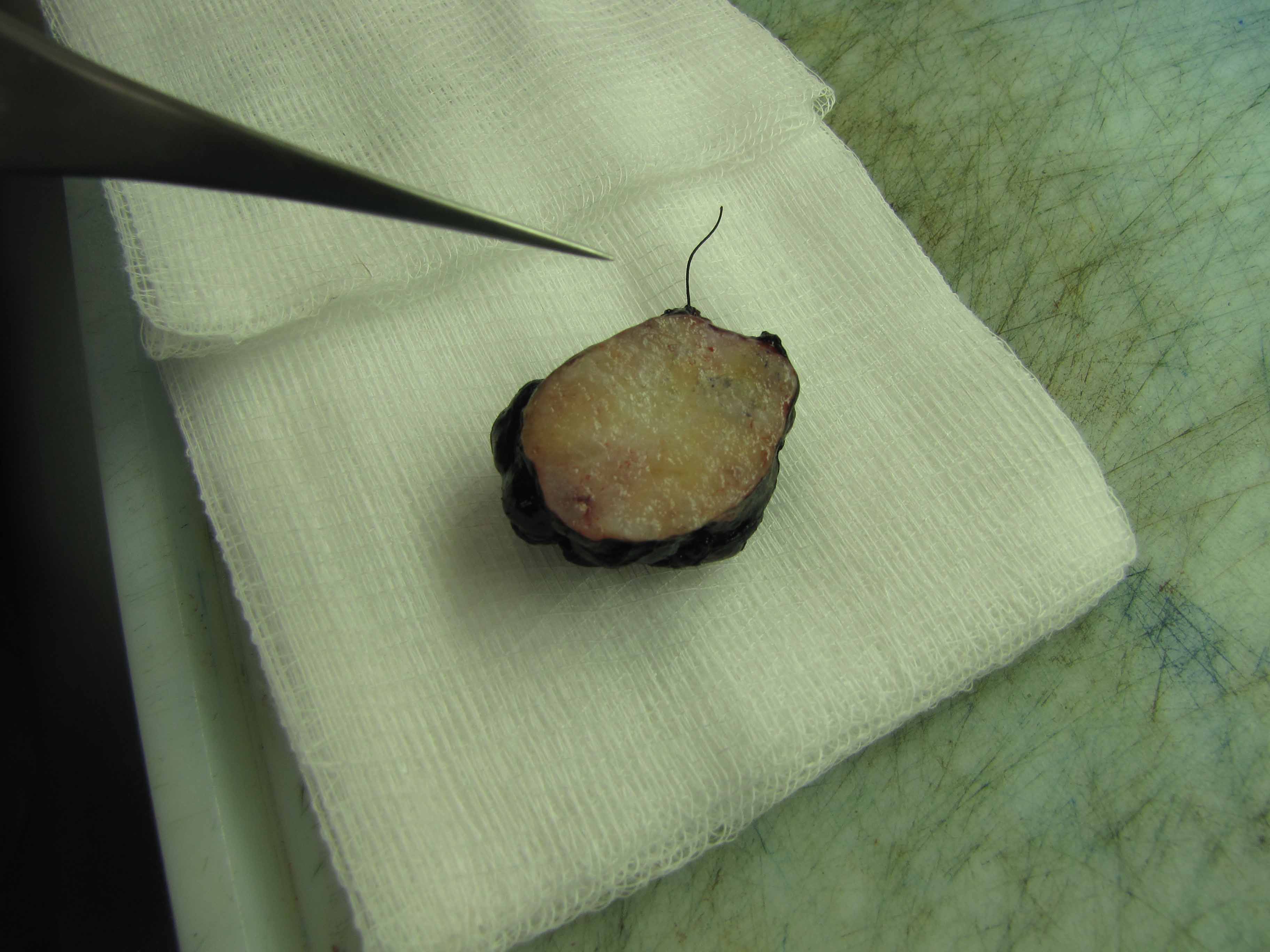

It is common for patients to have vascular pain near the site of IV infusion pretreatment with fast-acting oxycodone is a recommendation. īefore administration, ensure proper needle and catheter placement to prevent extravasation and flush the infusion line with D5W. To prevent chemotherapy-induced nausea and vomiting (CINV), pretreatment with antiemetics is strongly recommended. The recommended infusion rate is 1mg/m^2/minute or 85 mg/m^2 dose over 85 minutes every two weeks. In cases of acute toxicity, the administration is extended to 6 hours. Oxaliplatin administration is via intravenous infusion (IV) over two hours. It is excreted in the urine (approximately 50%) and the feces (2%).Īs monotherapy, oxaliplatin only demonstrates modest antineoplastic activity against advanced colorectal cancer, but it is effective in combination therapy. Oxaliplatin half-life varies significantly depending on the resource consulted and the method used to determine half-life. Oxaliplatin is subject to rapid and extensive nonenzymatic biotransformation and is not metabolized by the CYP450 enzyme system. The pharmacokinetics of unbound platinum in plasma following oxaliplatin administration were triphasic, demonstrating a short initial distribution phase followed by a prolonged terminal elimination phase. Oxaliplatin effectively treats fast-growing tumors like those in the gastrointestinal system, with a high cell turnover rate. It works synergistically with fluoropyrimidines such as 5-fluorouracil. The cross-links inhibit DNA replication, transcription, and arrest of the cell cycle, resulting in cell death. The platinum complex in the drug binds to DNA and forms cross-links. Information is for End User's use only and may not be sold, redistributed or otherwise used for commercial purposes.Oxaliplatin is an alkylating agent and has non-cell cycle-specific cytotoxicity. Portions of this document last updated: May 01, 2023Ĭopyright: © Merative US L.P. You may report side effects to the FDA at 1-80. If you notice any other effects, check with your healthcare professional.Ĭall your doctor for medical advice about side effects. Other side effects not listed may also occur in some patients. Redness of the face, neck, arms, and occasionally upper chest
#First bite syndrome oxaliplatin professional
Check with your health care professional if any of the following side effects continue or are bothersome or if you have any questions about them: More commonīad, unusual, or unpleasant (after) tasteĮxcess air or gas in stomach or intestines Also, your health care professional may be able to tell you about ways to prevent or reduce some of these side effects. These side effects may go away during treatment as your body adjusts to the medicine. Some side effects may occur that usually do not need medical attention. Involuntary, rapid, or rhythmic movement of the eyes Get emergency help immediately if any of the following symptoms of overdose occur: Symptoms of overdose
#First bite syndrome oxaliplatin skin
Twitches of the muscle visible under the skin

Pain and fullness in the right upper abdomen or stomach Large, hive-like swelling on the face, eyelids, lips, tongue, throat, hands, legs, feet, or sex organs Puffiness or swelling of the eyelids or around the eyes, face, lips, or tongueĬhanges in patterns and rhythms of speechĮlectric shock-like sensation that moves down the back and into the legs following a bending movement of the neck Sores, ulcers, or white spots on the lips or in the mouth Pain in the chest, groin, or legs, especially the calves Check with your doctor or nurse immediately if any of the following side effects occur: More commonīleeding, blistering, burning, coldness, discoloration of skin, feeling of pressure, hives, infection, inflammation, itching, lumps, numbness, pain, rash, redness, scarring, soreness, stinging, swelling, tenderness, tingling, ulceration, or warmth at the injection siteīlistering, peeling, redness, or swelling of the palms of the hands or bottoms of the feetīurning, prickling, itching, or tingling of the skinĭifficulty performing daily activities such as writing, buttoning, swallowing, or walking


 0 kommentar(er)
0 kommentar(er)
